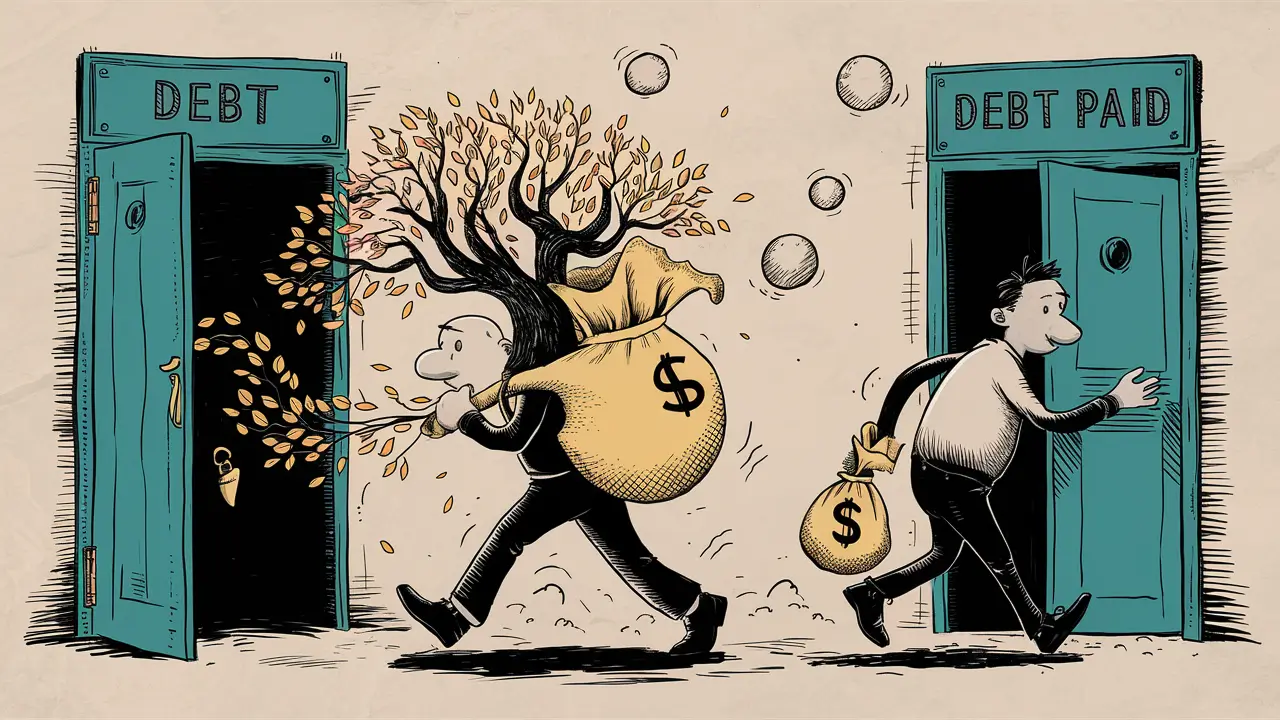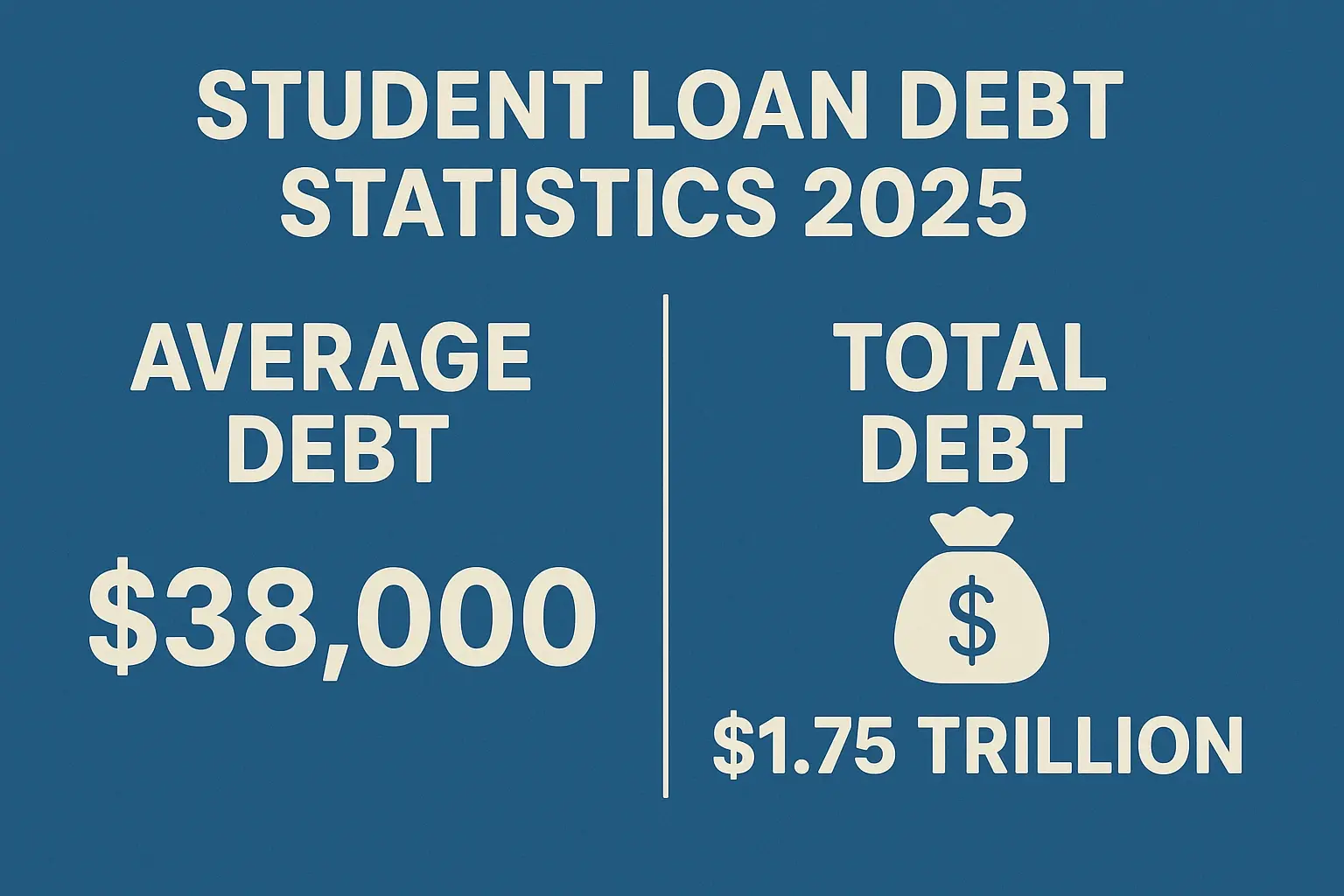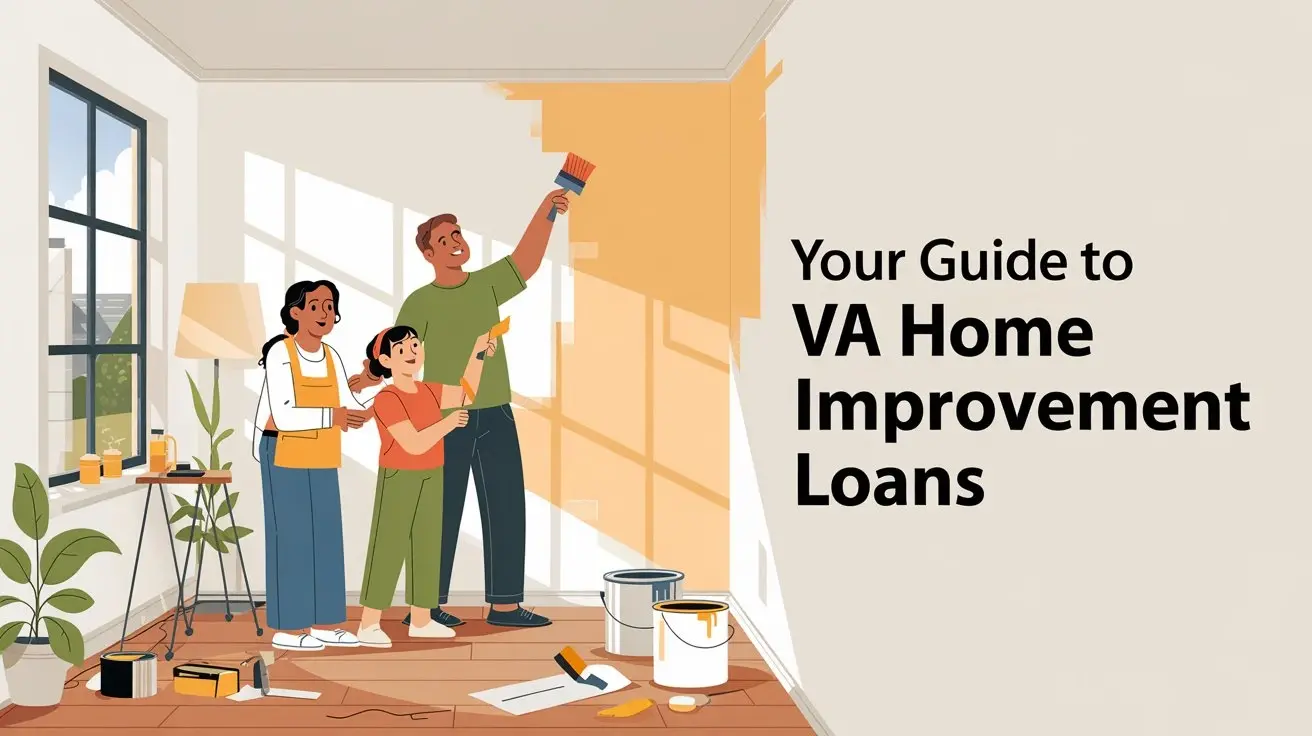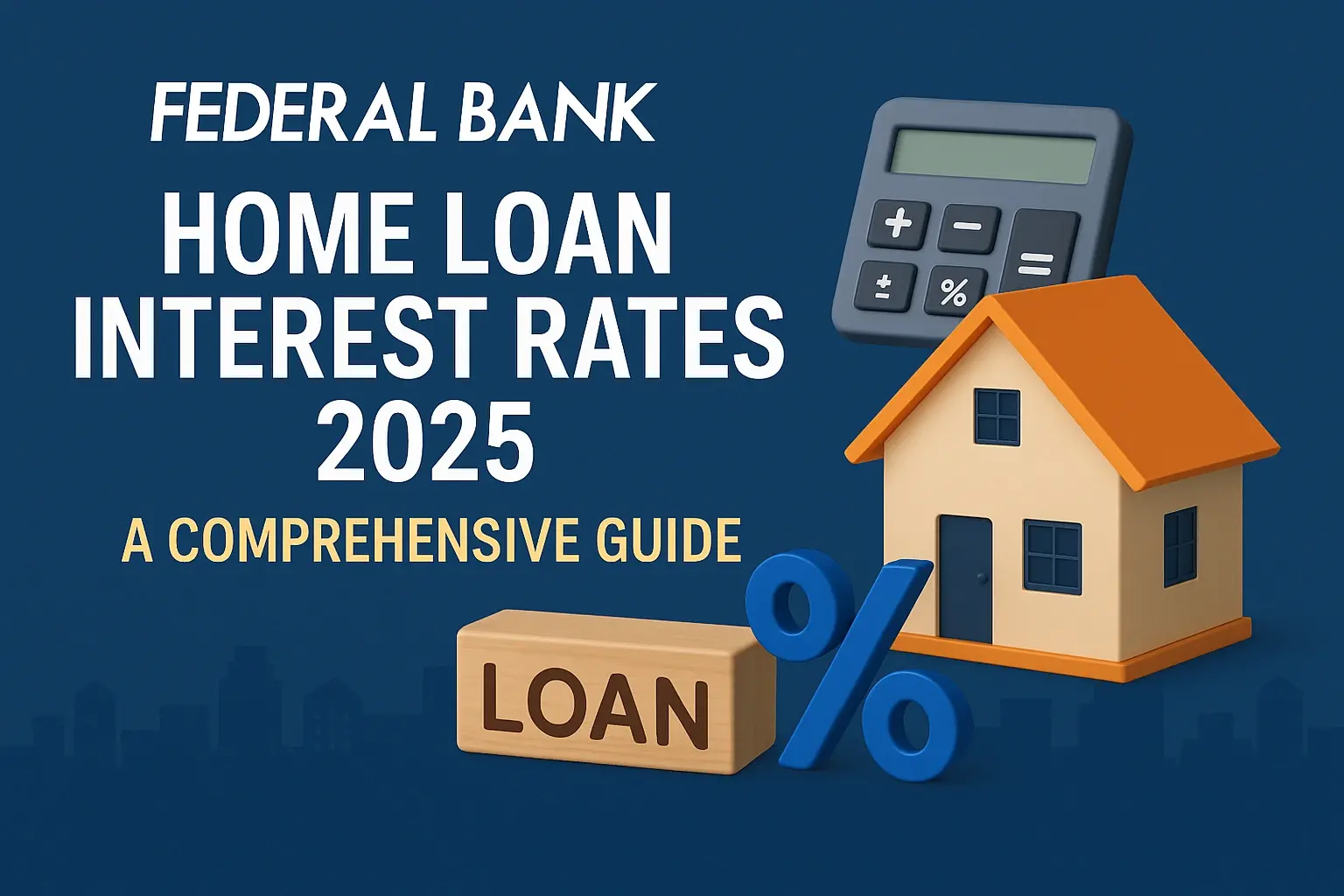-
Posted on: 25 Jul 2024

-
Debt can feel like a heavy burden, weighing down your financial freedom and limiting your ability to achieve your dreams. Millions of people struggle with debt, but the good news is that there are proven strategies and "tricks" people use to successfully climb out of the debt hole and build a brighter financial future. This article explores some of the most effective debt repayment strategies, empowering you with the knowledge to take control of your finances and achieve debt freedom.
Understanding Your Debt Landscape
Before diving into specific repayment strategies, it's crucial to understand the full scope of your debt situation. This involves:
- Listing all debts: Create a comprehensive list of all your debts, including credit cards, student loans, personal loans, car loans, and mortgages.
- Identifying interest rates: Note the interest rate for each debt. This is critical for prioritizing your repayment efforts.
- Determining minimum payments: Understand the minimum payment required for each debt. Missing payments can lead to late fees and damage your credit score.
- Calculating total debt: Add up all your outstanding balances to get a clear picture of your overall debt burden.
Once you have a clear understanding of your debt landscape, you can choose the repayment strategy that best suits your situation.
The Snowball Method: Small Wins, Big Momentum
The debt snowball method, popularized by Dave Ramsey, focuses on paying off the smallest debt first, regardless of its interest rate. The idea is to build momentum by achieving quick wins, which can motivate you to stay on track with your debt repayment journey.
How the Snowball Method Works:
- List all your debts from smallest balance to largest balance.
- Make minimum payments on all debts except the smallest.
- Throw every extra dollar you can at the smallest debt until it's paid off.
- Once the smallest debt is paid, move on to the next smallest debt, and so on.
Pros: Highly motivating, builds momentum quickly, simple to understand and implement.
Cons: Not the most mathematically efficient method, may result in paying more interest over time.
The Debt Avalanche: Tackling High-Interest Debt First
The debt avalanche method prioritizes paying off the debt with the highest interest rate first. This approach is mathematically the most efficient way to pay off debt, as it minimizes the amount of interest you pay over time.
How the Debt Avalanche Works:
- List all your debts from highest interest rate to lowest interest rate.
- Make minimum payments on all debts except the one with the highest interest rate.
- Throw every extra dollar you can at the debt with the highest interest rate until it's paid off.
- Once the highest-interest debt is paid, move on to the next highest-interest debt, and so on.
Pros: Mathematically the most efficient, saves you the most money in interest in the long run.
Cons: Can be less motivating if your highest-interest debt has a large balance, requires discipline and patience.
Balance Transfers: Shifting Debt to Lower Interest Rates
A balance transfer involves transferring the balance from a high-interest credit card to a new credit card with a lower interest rate, often a 0% introductory APR. This can save you a significant amount of money on interest charges and help you pay off your debt faster.
How Balance Transfers Work:
- Apply for a balance transfer credit card with a 0% introductory APR or a significantly lower interest rate than your current cards.
- Once approved, request a balance transfer from your high-interest credit card to the new card.
- Pay off the balance on the new card within the introductory period to avoid high interest charges.
Pros: Can significantly reduce interest charges, accelerates debt repayment, simplifies debt management.
Cons: Often involves balance transfer fees (typically 3-5% of the transferred balance), requires good credit to qualify, introductory APR periods are temporary.
Debt Consolidation Loans: Streamlining Your Payments
A debt consolidation loan involves taking out a new loan to pay off multiple existing debts. This can simplify your debt management by combining multiple payments into one and potentially securing a lower interest rate than your current debts.
How Debt Consolidation Loans Work:
- Apply for a debt consolidation loan from a bank, credit union, or online lender.
- If approved, use the loan proceeds to pay off your existing debts.
- Make fixed monthly payments on the new loan until it's paid off.
Pros: Simplifies debt management, potentially lowers interest rates, fixed monthly payments make budgeting easier.
Cons: May require collateral (e.g., a home equity loan), can extend the repayment period, may involve origination fees.
The Power of Budgeting: Tracking and Controlling Your Spending
Regardless of which debt repayment strategy you choose, budgeting is essential for success. A budget helps you track your income and expenses, identify areas where you can cut back on spending, and allocate more money towards debt repayment.
Creating a Budget:
- Track your income and expenses for a month to understand where your money is going.
- Create a budget that allocates your income towards essential expenses, debt repayment, and savings.
- Identify areas where you can cut back on spending, such as dining out, entertainment, or subscriptions.
- Regularly review and adjust your budget as needed.
Tools: Consider using budgeting apps like Mint, YNAB (You Need A Budget), or Personal Capital to help you track your spending and create a budget.
Negotiating with Creditors: Exploring Your Options
In some cases, you may be able to negotiate with your creditors to lower your interest rates, waive late fees, or create a more manageable payment plan. This is especially helpful if you are facing financial hardship.
Tips for Negotiating with Creditors:
- Be proactive: Contact your creditors before you fall behind on payments.
- Explain your situation: Be honest and transparent about your financial difficulties.
- Be prepared to offer a solution: Suggest a lower interest rate, a temporary forbearance, or a revised payment plan.
- Document everything: Keep a record of all communication with your creditors.
Side Hustles and Extra Income: Boosting Your Repayment Power
Increasing your income can significantly accelerate your debt repayment efforts. Consider exploring side hustles or part-time jobs to earn extra money that you can put towards your debt.
Side Hustle Ideas:
- Freelance writing, editing, or design
- Driving for a ride-sharing service (Uber, Lyft)
- Delivering food (DoorDash, Uber Eats)
- Selling items online (eBay, Etsy)
- Tutoring or teaching online
The "Trick" is Consistency and Discipline
While the strategies mentioned above can be incredibly effective, the real "trick" to paying off debt is consistency and discipline. It requires making a conscious commitment to prioritize debt repayment, sticking to your budget, and avoiding new debt. It’s a marathon, not a sprint, but with perseverance, you can achieve debt freedom.
Avoiding Common Pitfalls
While implementing any of these strategies, it's crucial to avoid common pitfalls that can derail your progress:
- Accumulating new debt: Avoid taking on new debt while you're trying to pay off existing debt.
- Ignoring your budget: Stick to your budget and avoid overspending.
- Giving up too easily: Debt repayment can be challenging, but don't give up on your goals.
- Not seeking help when needed: If you're struggling to manage your debt, consider seeking help from a financial advisor or credit counselor.




